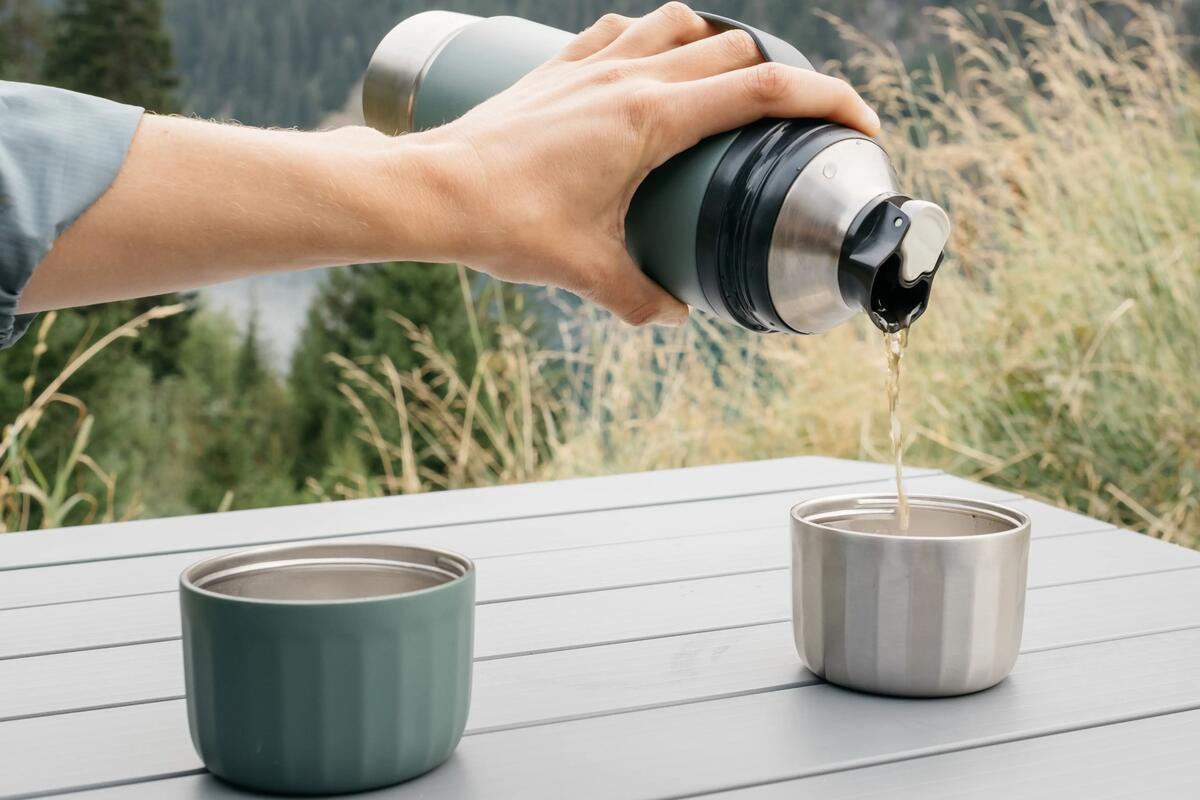
5 tips for keeping warm when hiking
When poorly equipped or where you lack the correct tools, the cold may discourage us from walking or turn outings into nightmares: twitching, contractures, thumbnail grooves, chills… Discover all our recommendations to face the colder temperatures and make hiking comfortable:
-
Adapt clothing layers based upon effort
We cannot say it enough but you must adapt your equipment to suit the intensity of your effort. If, when climbing, you can't be bothered to take off your fleece,you risk sweating and will be left damp even if you are wearing a breathable T-shirt.
Once damp, it is more difficult to warm up particularly when resting.
You can also select clothing equipped with ventilation zips (airing on the neck, armpits) to help you regulate your body temperature.
Do you need to revise the "3 layer technique"?
-
Protect extremities
It is worth being aware that 8% of your body heat escapes via the extremities (hands, head, feet).
Hiking Accessories
Additionally, our body prioritises blood flow to the brain. If the latter is nice and warm, it will consume less energy in keeping warm and therefore allow a good flow of blood to the rest of the body, particularly the extremities.
Therefore, always have a pair of gloves and a hat (or a headband) with you should you need them. Select warm socks. Ideally, they should also be breathable to avoid having damp feet when perspiring. The same applies to shoes. -
Bring a hot drink with you
In the middle of winter, replace your usual flask or water pouch with a thermos. Drinking cold water when cold can be discouraging, although a poorly hydrated body functions less well and is more sensitive to tiredness and the cold (as well as minor condition such as headaches and tendonitis…).
THERMAL BOTTLES
Additionally hot drinks can be a pick-me-up warming you up when you are very cold.
-
Do not forget about "base layer" items...
If the weather is very cold and your are feeling chilly, put on tights under trousers (this tip may also prevent you from having to invest in special winter trousers), under-gloves worn under your gloves, etc
-
Suitably tighten shoes
Don't tighten shoes too much or too little, you are aiming for good support without being uncomfortable. Do not hesitate to adjust the tightening based upon how you are feeling whilst hiking, particularly when going downhill. A shoe which has been tightened too much risks disrupting your blood circulation and leaving you with frozen feet!